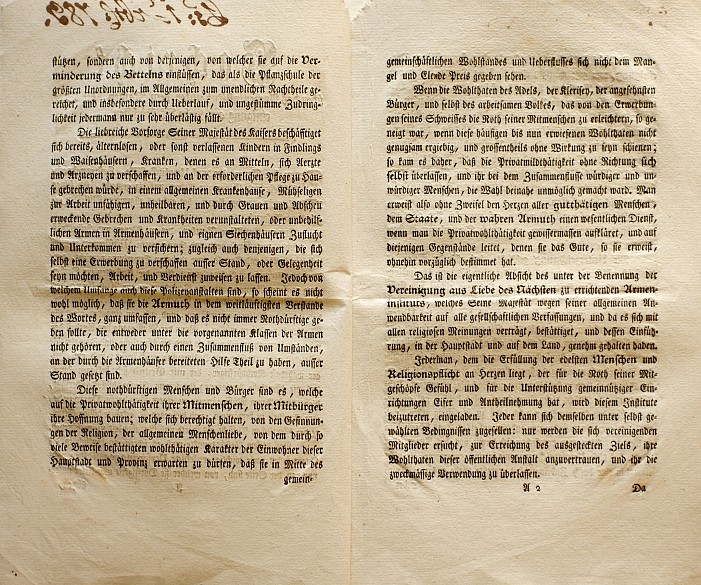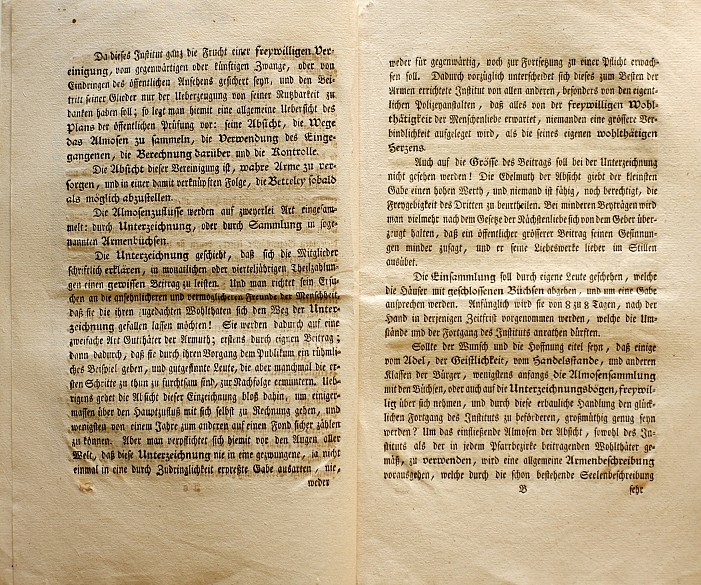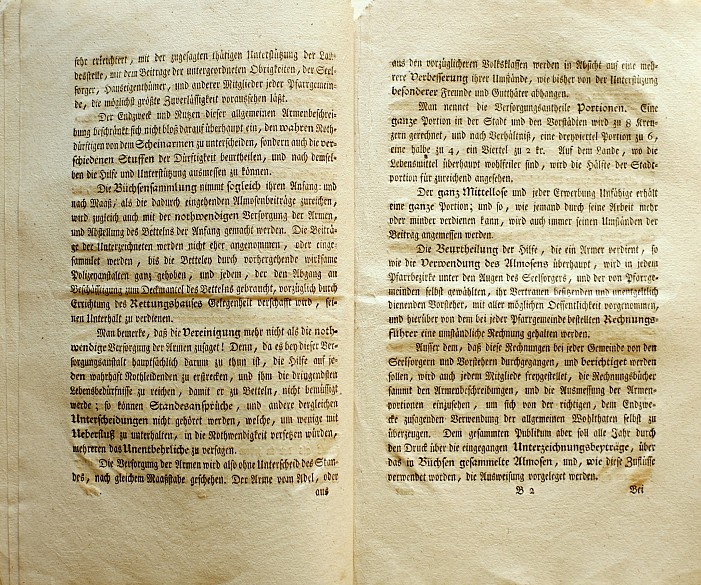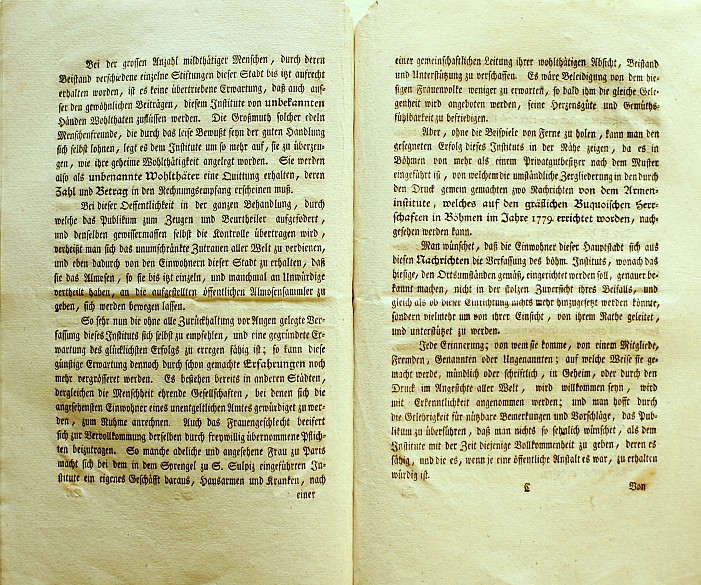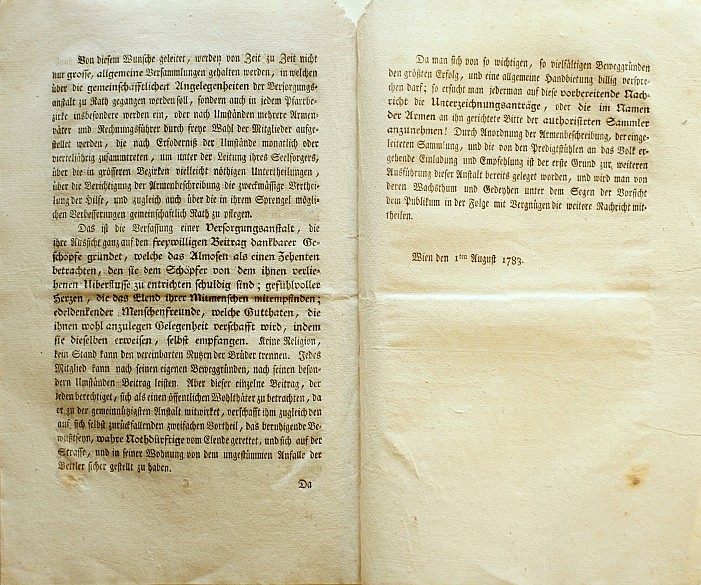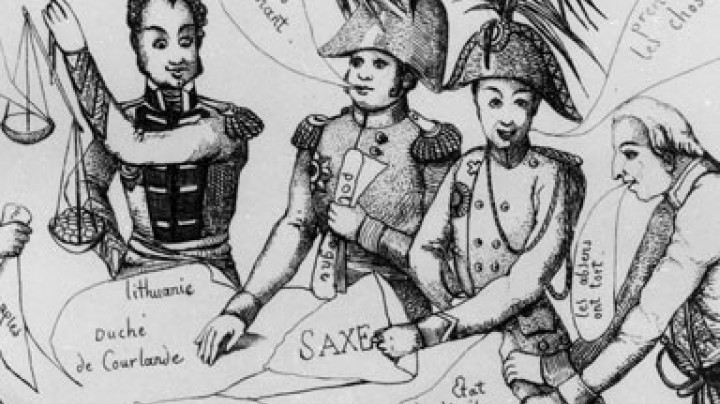Discipline to keep the population in order
It was the responsibility of prisons and workhouses to train their inmates into becoming useful members of society who were willing to work.
According to Joseph II’s mercantilist views all subjects should make a contribution to society. In prisons and workhouses non-working people were to be trained as useful members of society who were willing to work.
As early as 1671, on the Dutch and German model, the first prison-workhouse was founded in Vienna in the suburb of Leopoldstadt. Here, harsh conditions of work and detention were intended to accustom the ‘work-shy’ to the routine of labour. When Joseph II came to power the prison-workhouses were a mixture of penal servitude, social control and social welfare. The prison was considered a social institution in which work-shy people received ‘therapy’, so that they might subsequently be re-integrated into society. Those considered in need of correction were, in particular, prostitutes, beggars and all those who earned their money by ‘dishonest’ means. Imprisonment was not dependent on a court verdict. For example, even small farmers could commit their labourers and serving maids to prison for ‘correction’. Harsh conditions of work and detention were considered an appropriate method of educating such people and rendering them useful in keeping with the principles of a rational population policy. In 1783 begging was declared a criminal offence, and so committal of the ‘poor’ to a prison-workhouse could now be easily arranged.

